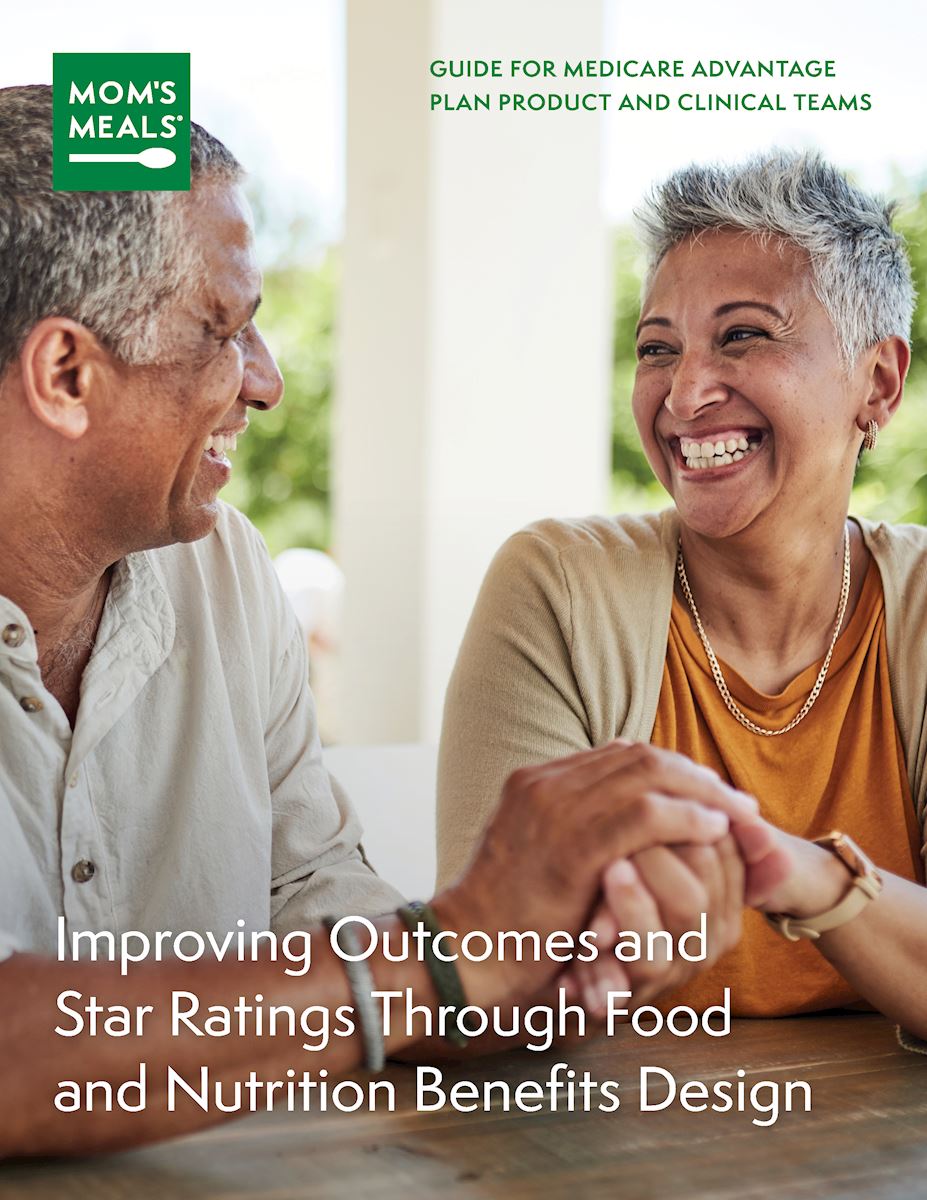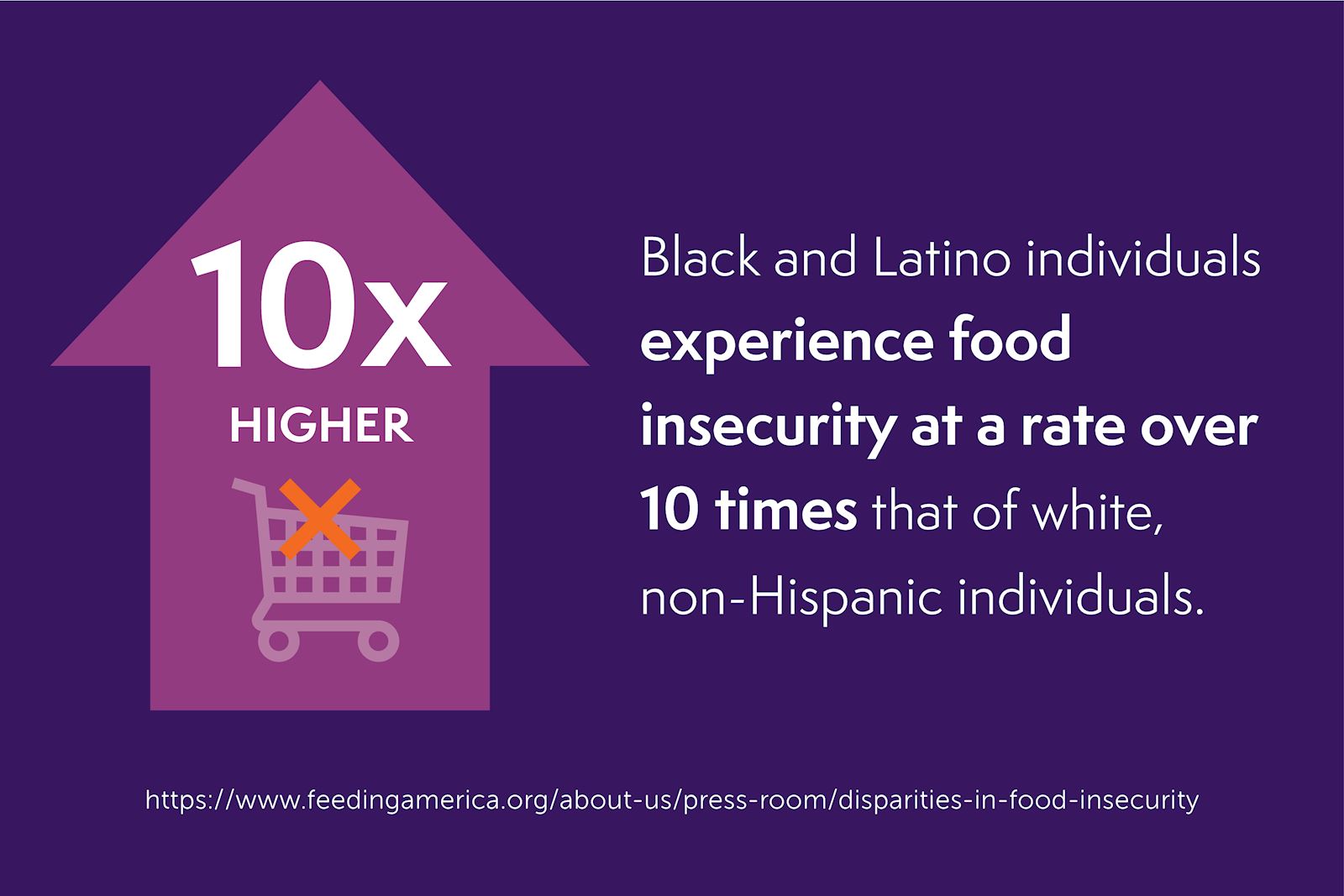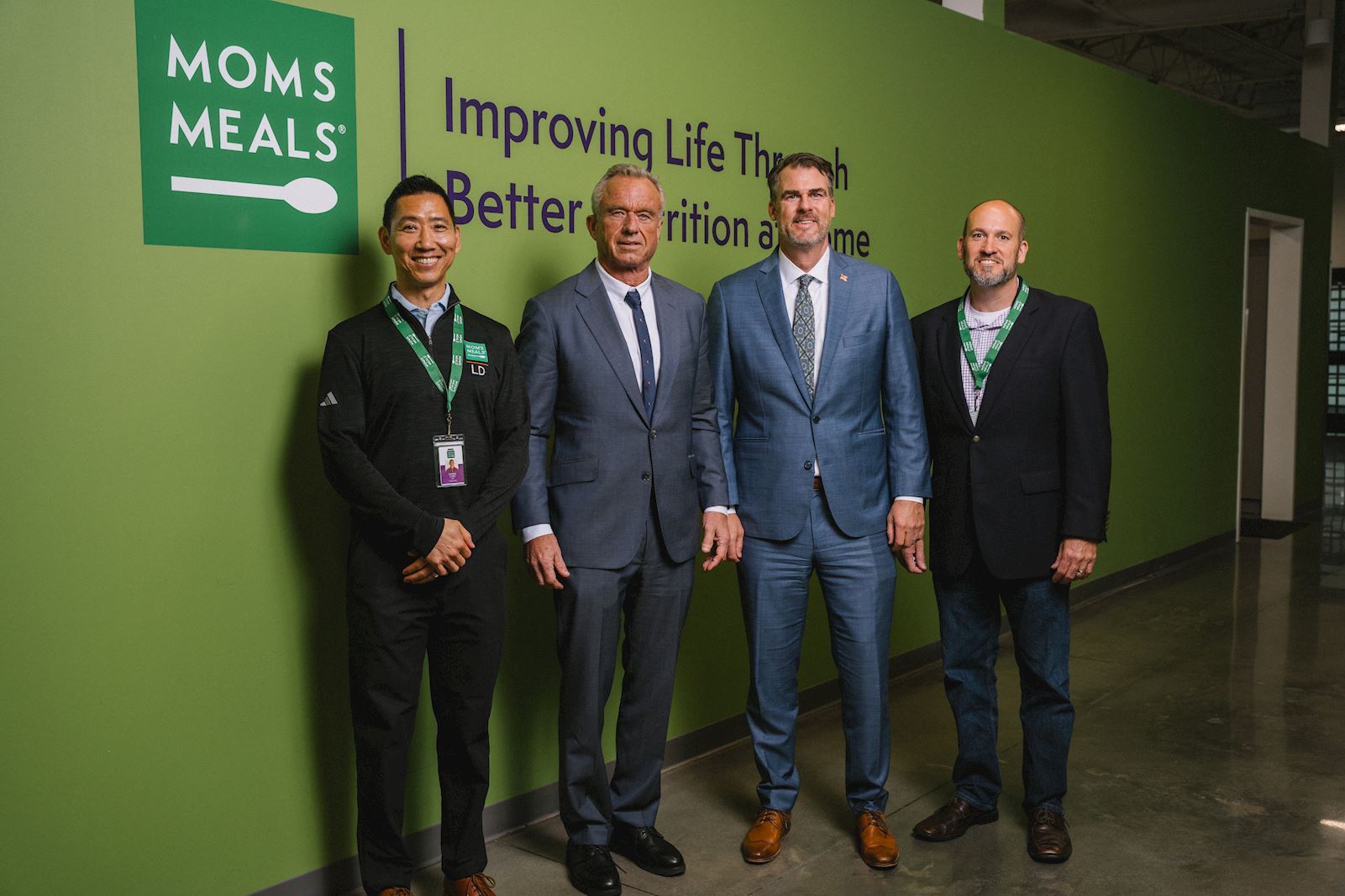More than 170 million Americans rely on Centers for Medicare and Medicaid (CMS) programs for health care coverage. But many don’t have equal access to medical services, nor can they expect to achieve the same outcomes after accessing those services. However, the CMS has focused its attention on closing this gap and medically tailored, home-delivered meals can help.
There are many reasons for those health disparities ranging from poverty to high levels of chronic disease in minorities, and a lack of health care providers in rural areas. Those health inequities have had serious impacts on generations of underserved Americans.
For example:
- A Centers for Disease Control and Prevention (CDC) report shows that Americans living in rural areas are more likely to die from five leading causes of death than their urban counterparts
- According to the American Heart Association, cardio vascular disease is higher for Black Americans than it is for the overall U.S. population
- A Feeding America study shows that Black, Latino, and Native American households are disproportionately affected by food insecurity compared to their White peers
CMS defines health equity as: “The attainment of the highest level of health for all people, where everyone has a fair and just opportunity to attain their optimal health regardless of race, ethnicity, disability, sexual orientation, gender identity, socioeconomic status, geography, preferred language, or other factors that affect access to care and health outcomes.”
New CMS health equity framework
CMS is leading the way to advance health equity, expand coverage to more Americans, and improve health outcomes for them. In late 2022, it released the CMS Framework for Health Equity 2022-2032, a ten-year plan that creates a framework for improvement for the government, health care plans and providers, and community organizations. It’s organized around five health equity priorities:
- Priority 1: Expand the collection, reporting, and analysis of standardized data
- Priority 2: Assess causes of disparities within CMS programs and address inequities in policies and operations to close gaps
- Priority 3: Build capacity of health care organizations and the workforce to reduce health and health care disparities
- Priority 4: Advance language access, health literacy, and the provision of culturally tailored services
- Priority 5: Increase all forms for accessibility to health care services and coverage
Priority 2 focus
The second priority in the CMS framework focuses on:
- Evaluating programs and policies through a health equity lens
- Understanding how they impact different communities
- Closing gaps through sustainable policies
- Investing in solutions that help solve disparities in health
As part of the Priority 2 plan, CMS is committing to taking a “whole person view when investing in appropriate, targeted health equity interventions.”
Many health plans and organizations are already doing that or are starting to take steps toward health equity. They’ve recognized that social determinants of health (SDOH) — the factors that drive inequities in health care that CMS is targeting — are the foundation of providing whole-person care. As a result, they are launching programs to focus on SDOH issues, from improving transportation and incentivizing providers to work in rural areas to addressing housing needs.
One of the most important social determinants when it comes to better health is access to nutritious food. Decades of research connects food insecurity with poor health outcomes and shows that clear disparities in diet quality exist by race, ethnicity, geography and socioeconomic status.
Proven solution: home-delivered meals
One way to support CMS Priority 2 and take a whole person approach to improving access to nutritious food — particularly for populations with chronic medical conditions — is through medically tailored, home-delivered meals.
Numerous studies show that when people have a steady source of healthy food, their chronic conditions improve, they experience better overall health and well-being, hospitalization rates drop and health care costs decrease.
- A Tufts University study shows that providing medically tailored meals to seriously ill people can avoid 1.6 million hospitalizations every year and save $13.6 billion in annual costs for the health care insurance industry.
- A study of dually eligible Medicare and Medicaid beneficiaries showed strong results. Over an average of 18 months of follow up, participants showed a 70 percent decrease in emergency department use, a 50 percent reduction in hospitalization rates, and a $220 reduction in health care costs per month.
Additional Resources
Food as Medicine: What Health Care is Doing and What is Working. Our free white paper takes a deeper look at the food as medicine concept, health equity and chronic disease issues, and approaches from public and private sectors. You will also learn how our nutritious home-delivered meals can help improve health outcomes while advancing health equity.

Guide for Medicare Advantage Plan Product Teams: Improving Outcomes and Star Ratings Through Food and Nutrition Benefits Design. Discover how to maximize your Medicare Advantage health plan design by incorporating home-delivered meals benefits.
To learn more about how the Mom’s Meals team can help you support your members and clients, please contact us.




